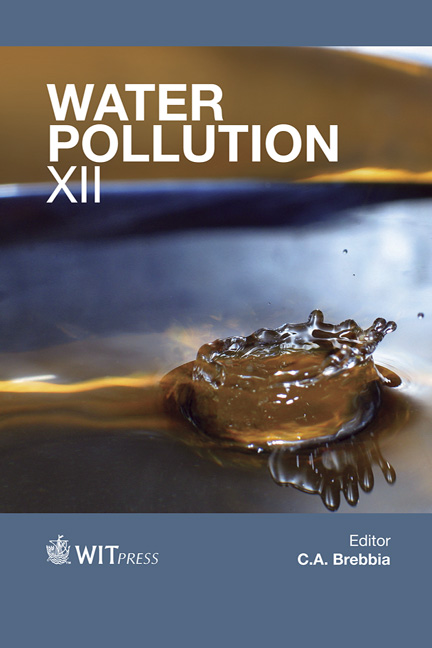Modelling Nitrogen And Phosphorus Export By The Pearl River In China 1970–2050
Price
Free (open access)
Transaction
Volume
182
Pages
12
Published
2014
Size
868 kb
Paper DOI
10.2495/WP140271
Copyright
WIT Press
Author(s)
M. Strokal, C. Kroeze, L. Li, S. Luan, H. Wang, S. Yang & Y. Zhang
Abstract
China is a country with a rapid economic development and fast population growth. This is causing environmental pollution. Eutrophication has been a problem in the coastal waters of southern China since the 1970s. This is a result of increased nitrogen (N) and phosphorus (P) inputs from rivers such as the Pearl River (Zhujiang). The Pearl River is the third largest river in China. It serves as an important water supplier for irrigation and human water consumption. Human activities on land, however, have increased the nutrient content of the Pearl River water considerably. The objective of our study is to quantify the relative contribution of the anthropogenic and non-anthropogenic sources of dissolved inorganic N and P export by the Pearl River to coastal seas. We describe a method to model dissolved N and P export at the sub-basin scale. Results indicate that in 2000 about 90% of the dissolved N and P inputs exported by the Pearl River to the coastal waters were from anthropogenic sources (e.g. agriculture, sewage, and biological N2-fixation by agricultural crops). In the future the relative share of anthropogenic sources may increase. We show that nutrient inputs from land to rivers vary among sub-basins. We conclude that modelling and scenario analyses may support the formulation of effective strategies to reduce N and P export by the Pearl River, and thus to effective management of coastal eutrophication in the coming decades. Keywords: nutrient modelling, N and P export, the Pearl River, China.
Keywords
nutrient modelling, N and P export, the Pearl River, China.





